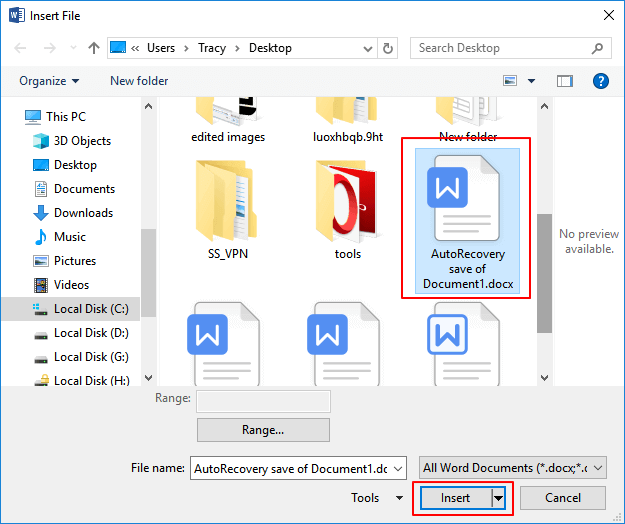

ObjSignatureEntries.Add "AD Signature", objSelection ObjSelection.TypeText strName & ", " & strTitle Set objSignatureEntries = objSignatureObject.EmailSignatureEntries Set objSignatureObject = objEmailOptions.EmailSignature Set objEmailOptions = objWord.EmailOptions

Set objWord = CreateObject("Word.Application") MsgBox "No connection with LDAP information.", _ Set objUser = GetObject("LDAP://" & strUser) Set objSysInfo = CreateObject("ADInformation") Lastly, the script sets the signature to be added to new emails and reply emails. That information is then inserted into the signature. Below you can find an example code, that reads user’s information from Active Directory.
Outlook 2016 mac property is not valid for this object type how to#
Below, you will find a guide on how to configure such a script.įirstly you need a VBScript that creates a signature in Outlook. When the end user logs on, the script gathers information about that particular person from Active Directory and creates a personalized email signature in Outlook. One of the possible solutions is to run a logon script, distributed to workstations via the Group Policy Object. That is why system administrators are searching the web for a more centralized way of performing this task. Moreover – every time a change in the signature is required the whole process needs to be repeated. Setting up an email signature for each Outlook user in the organization can be a time-consuming job, especially when performed manually. See also a more recent article on how to create a HTML email signature in Outlook using VBScript. Update: This article was updated on July 26, 2021.


 0 kommentar(er)
0 kommentar(er)
